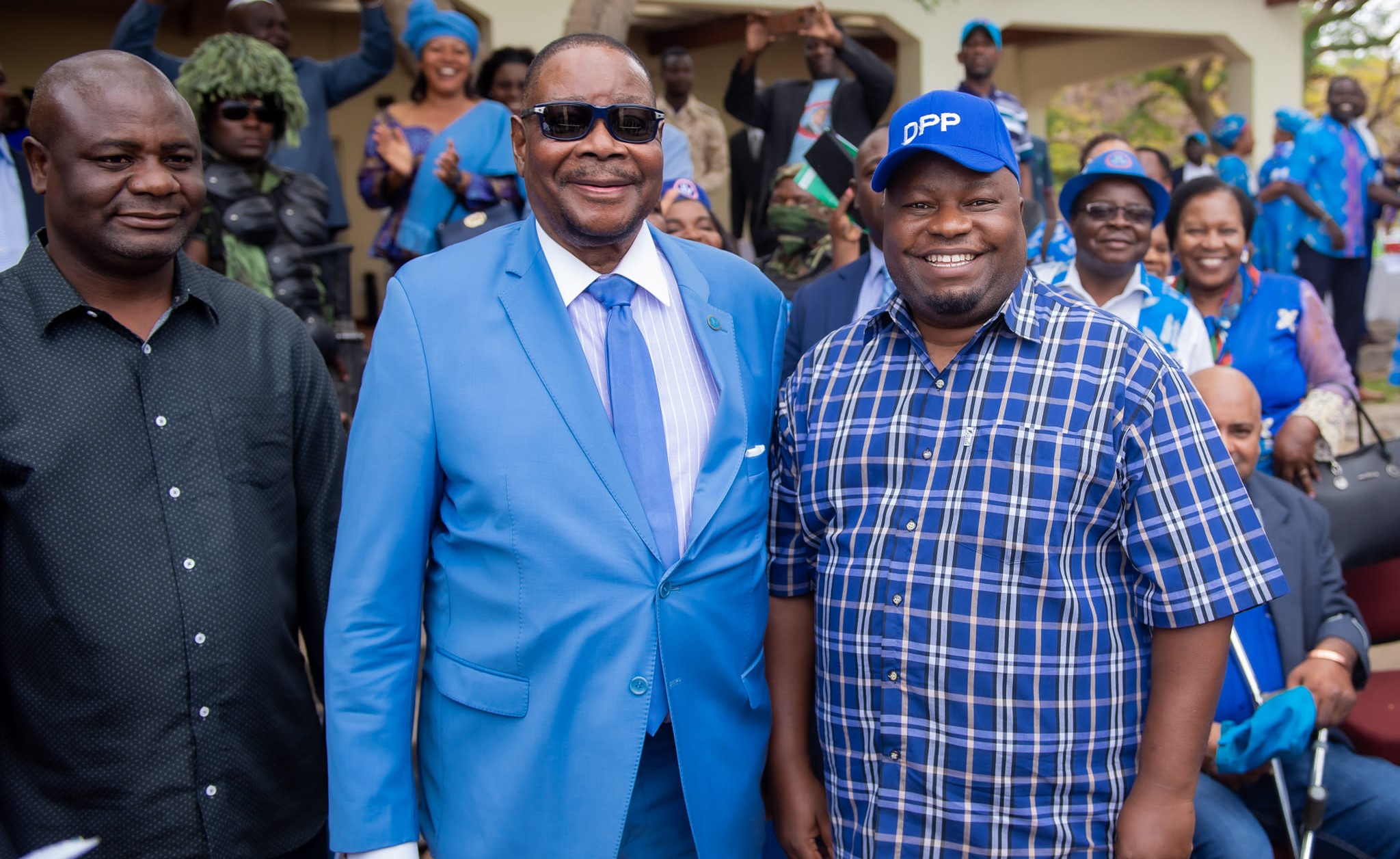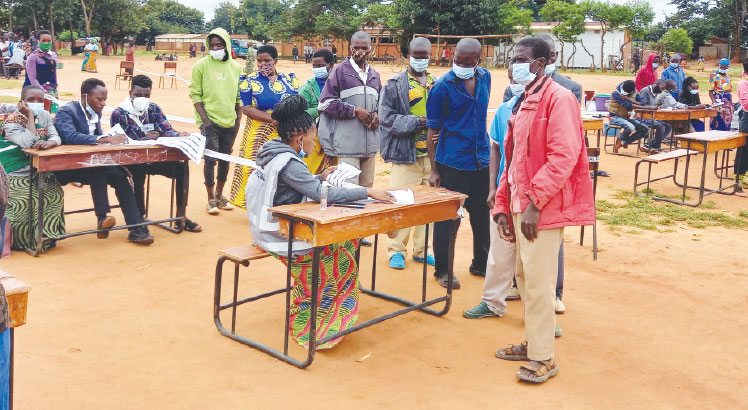Tread cautiously on the Salima—Lilongwe water project
So, Lilongwe Water Board (LWB) plans to abstract as much as 100 000m3 of water per day from Lake Malawi. This translates to 1.2m3 per second.
Lilongwe Water Board chief executive officer Alfonso Chikuni says previous hydrological studies of Lake Malawi have shown that there is potential free usable average flow of 270ms per second over Kamuzu Barrage at Liwonde. The water to be pumped from Lake Malawi will supplement the water it gets from Kamuzu One and Two dams.
On its part Blantyre Water Board (BWB) plans to pump water from Mulanje Mountain to supplement the water it gets from Nkula to service Blantyre. Brilliant ideas atleast on face of it.
For the Lilongwe Water Board project, Khatho Civils—South Zambezi Joint Venture of South Africa is the company that has been contracted to tap the water from Lake Malawi at a dizzying cost of $500 million (K375 billion).
Well, Lilongwe residents might be excited by the project which hopes to bring an end to the serious water problems that they faced last year following the low water levels in Kamuzu One and Kamuzu Two Dams as a result of the El Nino weather phenomenon that hit the country in the 2015/16 rainy season.
But I am not so excited and would like to urge caution. If we don’t tread carefully, it might be the case of solving one problem—water shortage in Lilongwe—and creating a bigger one of reducing the water flow from the lake into the Shire and thereby incapacitating the four hydro power stations downstream.
Chikuni only says previous hydrological studies have shown that there is potential free usable average flow of 270ms per second over the Kamuzu Barrage. Where was this water last year from mid April 2015/16 to January this year when the Electricity Supply Corporation of Malawi (Escom) was forced to effect prolonged power outages as a result of the low water levels in Lake Malawi? And until now Escom keeps telling the nation the lake is still not fully charged to ensure uninterrupted hydro electric power to the country.
Chikuni does not tell the nation when exactly these studies were conducted or who conducted them. Over the past few years, the nation has embarked on several irrigation projects of abstracting water from Lake Malawi. The biggest of such projects upland of the Shire River is Dwangwa Sugar Corporation. In addition, the behaviour of the lake over the past few years—starting from early 1980s—has shown that lake levels have been going down. Older Malawians who have grown up in the lakeshore areas will agree with me on this issue.
Additionally, over the years, there has been a lot of environmental degradation upstream of the country resulting in a lot of runoff. This is the water that has been wreaking havoc in the Lower Shire during the rainy season followed by a long period of low water level in the lake. This degradation has resulted in the lowering of the water table and drying of tributaries for the lake.
Malawi depends almost 98 percent on hydro-electric power and uses water that flows through Lake Malawi into the Shire—Nkula, Tedzani One and Two and Kapichira Hydro Power Stations. On the other hand, BWB pumps water to Blantyre that has already passed through Nkula Power Station. It goes without saying therefore that any drastic changes in the water levels in the lake will affect the country’s hydro power generation as happened in 2015/16.
In view of the foregoing, there is need for a new and independent study to inform any policy aimed at assessing the effect of abstracting water of the magnitude that LWB plans to do. Otherwise we run the risk of turning this project into a huge white elephant—like the Nsanje Inland Port–once it is discovered later that extracting huge volumes of water upstream of the country’s hydro power stations will drastically reduce water flow through the Shire and incapacitate the hydro power stations.
But I might be wrong and that is why I am only urging caution.



